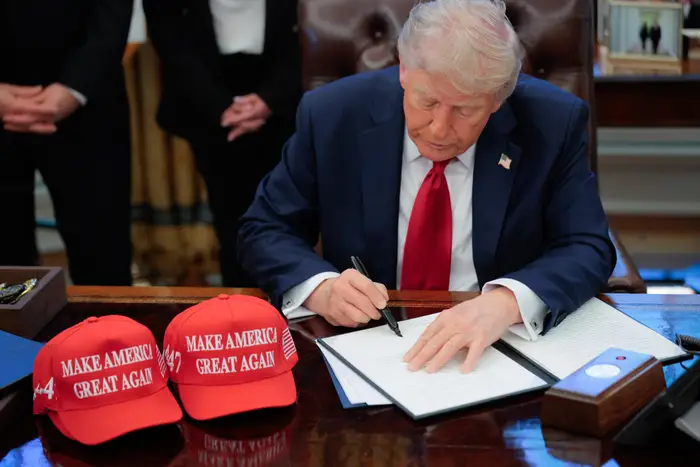One of Trump’s cabinet picks shows how making it easier to build homes is a rare point of bipartisan agreement

It’s hard to find a policy issue these days that doesn’t deeply polarize Americans and their elected representatives. But housing — and building more of it — is a rare exception.
One of President-elect Donald Trump’s cabinet appointees exemplifies this trend. North Dakota Gov. Doug Burgum, Trump’s nominee for Secretary of the Interior and “energy czar,” won praise from pro-housing advocates from both parties earlier this year when he made the case for denser, more walkable, mixed-use communities. As a state leader, Burgum has for years pushed for more housing construction, walkability, and density in cities like Fargo and Bismarck.
“He’s been a champion of zoning reform and parking reform and transportation reform,” Chuck Marohn, the founder of the urbanism nonprofit Strong Towns, told B-17. “He reflects a growing percentage of even Republican governors who don’t think a war with cities is a good idea.”
There’s a growing belief across the political spectrum that skyrocketing home prices and rents are driven by a shortage of housing — and that government regulation is making it harder to address that shortage. The pro-development “Yes In My Backyard” — or “YIMBY” — movement has helped popularize this view, and it’s attracted enthusiastic followers among free-market conservatives and progressive Democrats alike.
If Burgum is confirmed, he’ll likely focus largely on maximizing US oil and gas production and stripping away regulations many progressives support, but he might also have a role to play in Trump’s promise to deregulate and open up federal land for homebuilding.

North Dakota Gov. Doug Burgum — President-elect Donald Trump’s pick to lead the US Department of Interior — reflects the growing bipartisanship around deregulating housing.
A bipartisan consensus around making it easier to build
While builders and those in the construction industry have long complained about regulatory hurdles, their concerns weren’t reflected among policymakers and the media until housing became unaffordable even for the elite, Marohn argued.
There was a turning point when college-educated millennials began struggling with the high cost of housing, while similar Americans “in prior generations, at this point in their life, would have been in homes, had some equity, not stretched so thin, starting to build some wealth,” Marohn said. At the same time, the housing shortage has begun to impact communities across the country rather than just large coastal metros.
It’s led to a rare cross-party alliance. “You have the intellectual elite of the progressive side of the ledger kind of merging with what I would describe as the lunch pail builder, developer on the conservative side of the equation,” Marohn said.
These days, there’s widespread agreement among pro-development conservatives and progressives alike that “government is the problem” and “if industry was allowed to build they would build a lot more, and that would make prices go down,” said Bryan Caplan, an economics professor at George Mason University.
While Republicans use language about private property rights, free markets, and deregulation to make a case for YIMBY policies, Democrats talk about racial equity and environmental sustainability, Nolan Gray, research director for California YIMBY said.
“It’s a funny situation now because you have Republicans and Democrats basically pushing for broadly the same policies but using radically different rhetoric,” Gray said.
Popular deregulatory policies include legalizing accessory dwelling units, eliminating minimum lot size requirements, and rezoning to allow for mixed-use development and more housing near transit.
“In very blue places, upzoning or streamlining permit approvals may not even be called deregulation, whereas in redder places, people are more likely to lean into cutting red tape and property rights and letting the market work,” Emily Hamilton, a housing researcher at the libertarian-leaning Mercatus Center at George Mason University, told B-17.
Burgum is an example of how a Republican governor can pursue YIMBY policy through a conservative lens, framing his support for denser housing and more walkable communities as good economic policy.
The billionaire, former software entrepreneur, oil executive, and real estate developer has championed rebuilding North Dakota’s urban cores while in office. “If you want to recruit people here, you need attractive cities,” Burgum said when he was first running for governor in 2016. This month, he proposed nearly $100 million in funding to encourage housing development in the state.






